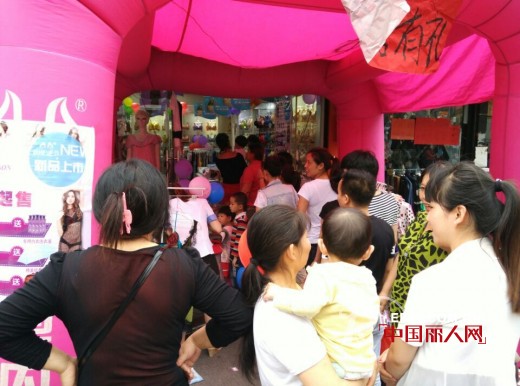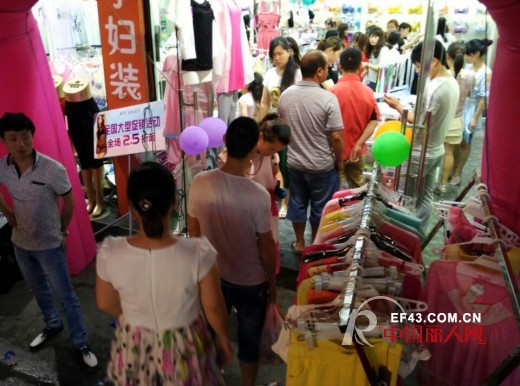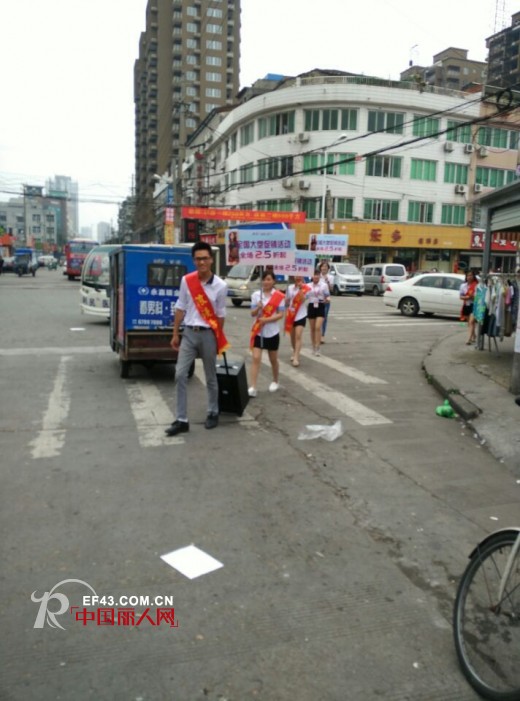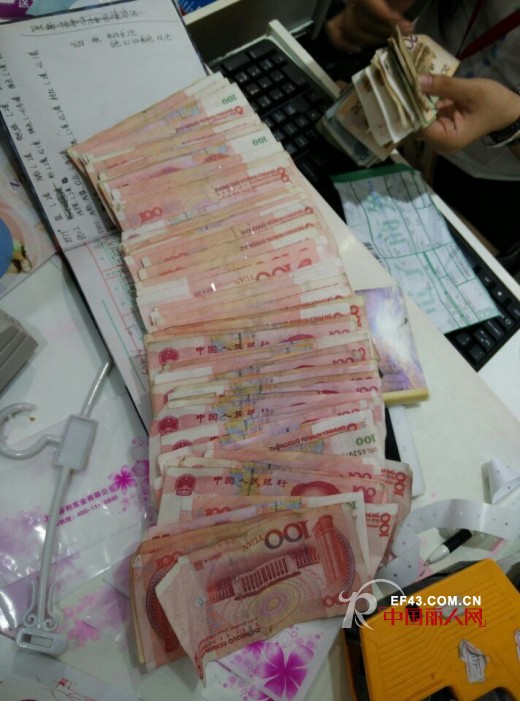The crowds of people, a wave followed by a wave of guests, lively and lively scene, customers are picking their own underwear, they believe the romantic season this June to bring them a different surprise!

Look, the shop full of customers are relishing the selection, than try.

Too many styles, some of the guests hesitate, everything feels good, while holding clothes, while discussing with friends.

Beautiful, handsome supervisors placards start the event ...

This is the result of a day down, there are more than 20,000 Oh, the boss completely forgotten the hard work today, while counting the money, while a happy smile.
Understand the romantic season:
Romantic season is one of China's top ten famous underwear brand , now the country has more than 620 chain stores, products cover bras, shorts, home clothes, corset warm clothing, swimwear, socks and other different types of thousands of styles. Since its inception, the company has been constantly improving, and has won the "lingerie industry leader", "civilized unit", "advanced collective", "A-class underwear business", "Shou contract re-credit enterprises" and other awards, and in October 2012 Officially become ISO9000 international quality certification enterprises.
In addition, the company hired international film star Weibi Xia as the romantic season lingerie brand image spokesman, and actively spread underwear culture, shaping the value of the product, and strive to make the romantic season of China's first brand of modified underwear Franchise.
Tie-dye is a modern term invented in the mid-1960s in the United States (but recorded in writing in an earlier form in 1941 as "tied-and-dyed", and 1909 as "tied and dyed" by Luis C. Changsut, referenced below)[1] for a set of ancient resist-dyeing techniques, and for the products of these processes. The process of tie-dye typically consists of folding, twisting, pleating, or crumpling fabric or a garment and binding with string or rubber bands, followed by application of dye(s).[2] The manipulations of the fabric prior to the application of dye are called resists, as they partially or completely prevent the applied dye from coloring the fabric. More sophisticated tie-dyes involve additional steps, including an initial application of dye prior to the resist, multiple sequential dye and resist steps, and the use of other types of resists (stitching, stencils) and discharge.
Unlike regular resist-dyeing techniques, tie-dye is characterized by the use of bright, saturated primary colors and bold patterns. These patterns, including the spiral, mandala, and peace sign, and the use of multiple bold colors, have become cliched since the peak popularity of tie-dye in the 1960s and 1970s. The vast majority of currently produced tie-dyes use these designs, and many are mass-produced for wholesale distribution. However, a new interest in more 'sophisticated' tie-dye is emerging in the fashion industry, characterized by simple motifs, monochromatic color schemes, and a focus on fashionable garments and fabrics other than cotton.[3] A few artists[4][5][6] continue to pursue tie-dye as an art form rather than a commodity.
Tie-dye
Shaoxing Blange Import&Export Co.,Ltd , https://www.blg-yc.com
